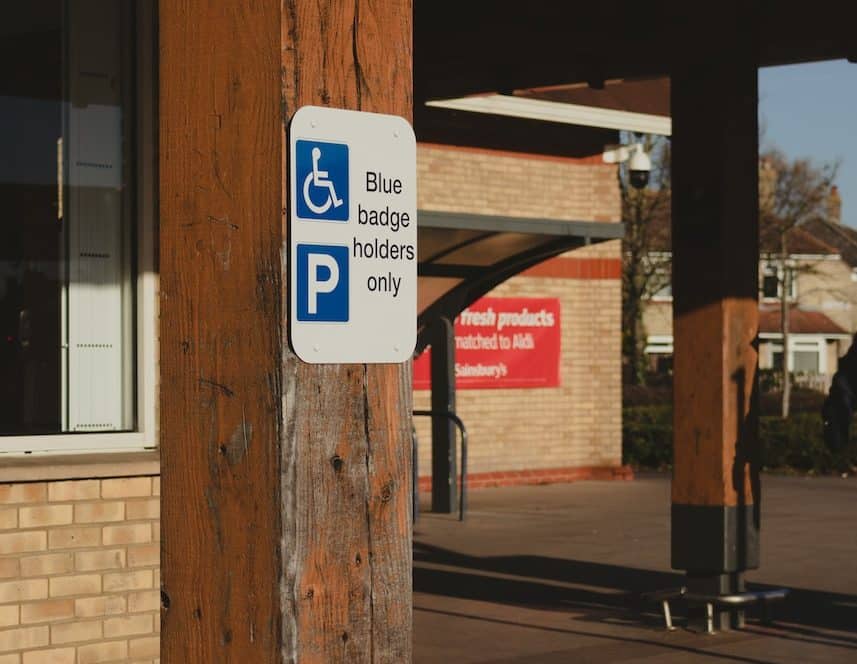The Chicago Transit Authority (CTA) believes that everyone should have access to quality and affordable transit services. This is why they have made it a priority to ensure accessibility in their vehicles and stations. With 100% of their buses and railcars being accessible, and over 70% of their stations equipped with accessibility features, the CTA is committed to providing smooth mobility for all residents and visitors of the Windy City.
Key Takeaways:
- The CTA is dedicated to making public transit accessible to everyone in Chicago.
- They have made significant progress in ensuring accessibility in their buses, railcars, and stations.
- The All Stations Accessibility Program (ASAP) is in place to make all stations accessible over time.
- Priority seating and discounted fares are provided for persons with disabilities.
- The CTA is in compliance with the Americans with Disabilities Act (ADA) and continues to improve accessibility.
Accessibility Features in CTA Vehicles and Seating Priority
When it comes to ensuring a smooth and accessible ride for everyone, the Chicago Transit Authority (CTA) goes above and beyond. CTA vehicles are equipped with a range of accessibility features to cater to the needs of persons with disabilities. Priority seating is designated throughout the buses and trains, clearly marked with symbols indicating their priority status.
The seating priority hierarchy is as follows: riders using manual or power wheelchairs/scooters have first priority, followed by riders with other disabilities. Seniors without disabilities and other passengers are next in line. This prioritization ensures that those who need the designated seating the most can easily find a seat.
In addition to prioritized seating, the CTA offers discounted fares for people with disabilities. The Regional Transportation Authority (RTA) provides a Reduced Fare Permit, allowing eligible individuals to ride CTA buses and trains at a discounted rate. Moreover, Illinois residents with disabilities enrolled in the Benefit Access Program can enjoy free rides on CTA services.
| Accessibility Features in CTA Vehicles | Seating Priority |
|---|---|
| Priority seating for persons with disabilities | 1. Riders using manual or power wheelchairs/scooters |
| Clear marking of priority seats | 2. Riders with other disabilities |
| 3. Seniors without disabilities | |
| 4. Other passengers |
The CTA’s commitment to accessibility extends beyond its vehicles. With prioritized seating and discounted fares, they strive to ensure that all passengers feel welcome and supported on their journey throughout the Windy City.
ADA Compliance and Station Upgrades
The Chicago Transit Authority (CTA) is committed to ensuring that its transit system is compliant with the Americans with Disabilities Act (ADA). Through ongoing efforts, the CTA has made significant progress in upgrading its buses and stations to enhance accessibility for all riders, including those with disabilities.
While the CTA has achieved accessibility in a majority of its rail stations, there are still some stations that do not have elevators. This is due to various challenges, such as platform width limitations and the need for property acquisition. To address this, the CTA has introduced the All Stations Accessibility Program (ASAP), a long-term initiative aimed at making non-accessible rail stations fully accessible over the next 20 years.
Elevators play a crucial role in providing accessibility within CTA stations. However, they require regular maintenance, repairs, and upgrades to ensure they are safe and reliable for use by people with disabilities. The CTA has dedicated resources to ensure the ongoing maintenance and improvement of elevators throughout their transit system.
Current ADA Compliance Status
To provide an overview of the CTA’s progress in ADA compliance, the following table showcases the accessibility status of their rail stations:
| Accessibility Status | Number of Rail Stations |
|---|---|
| Accessible | 103 |
| Non-Accessible | 42 |
Note: The number of non-accessible rail stations includes those stations that are part of the ASAP program for future accessibility upgrades.
Ensuring ADA compliance and improving station accessibility are ongoing priorities for the CTA as they continue to enhance their transit system to cater to the needs of all riders. By addressing the challenges and implementing long-term solutions like the ASAP program, the CTA is working towards creating a more inclusive and accessible public transit experience in Chicago.
RTA’s Commitment to Accessibility and Future Plans
The Regional Transportation Authority (RTA) is dedicated to ensuring accessibility for all riders. They understand the importance of accessibility improvements, as they benefit not only individuals with disabilities but also the entire community. The RTA, along with the Service Boards, is actively working towards achieving 100% accessibility in the region through various ongoing projects and updates.
In order to prioritize investment and identify funding sources, the RTA plans to develop a comprehensive Regional Accessibility Improvements Plan. This plan will serve as a roadmap for future accessibility initiatives, aiming to make public transit more inclusive and convenient for everyone. By integrating accessibility considerations into regular planning processes, the RTA aims to create a seamless and accessible transit system.
The RTA strongly encourages stakeholders to get involved and join their coalition to support transit as the answer to accessibility challenges in the region. By uniting efforts, the community can ensure that dedicated funding and resources are available to make significant accessibility improvements. Together, we can shape a future where public transit is accessible to all, promoting equal opportunities and smooth mobility in our communities.

